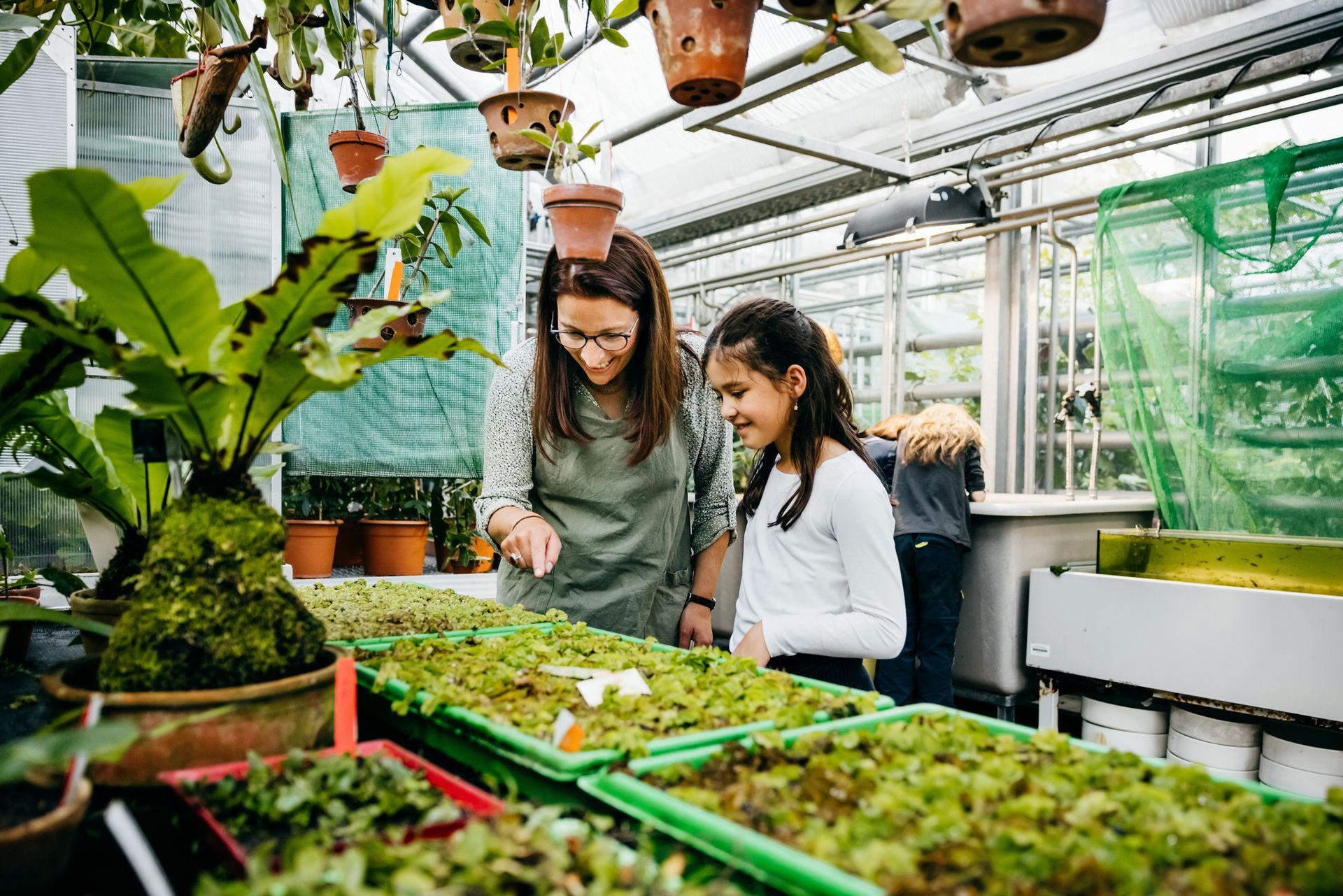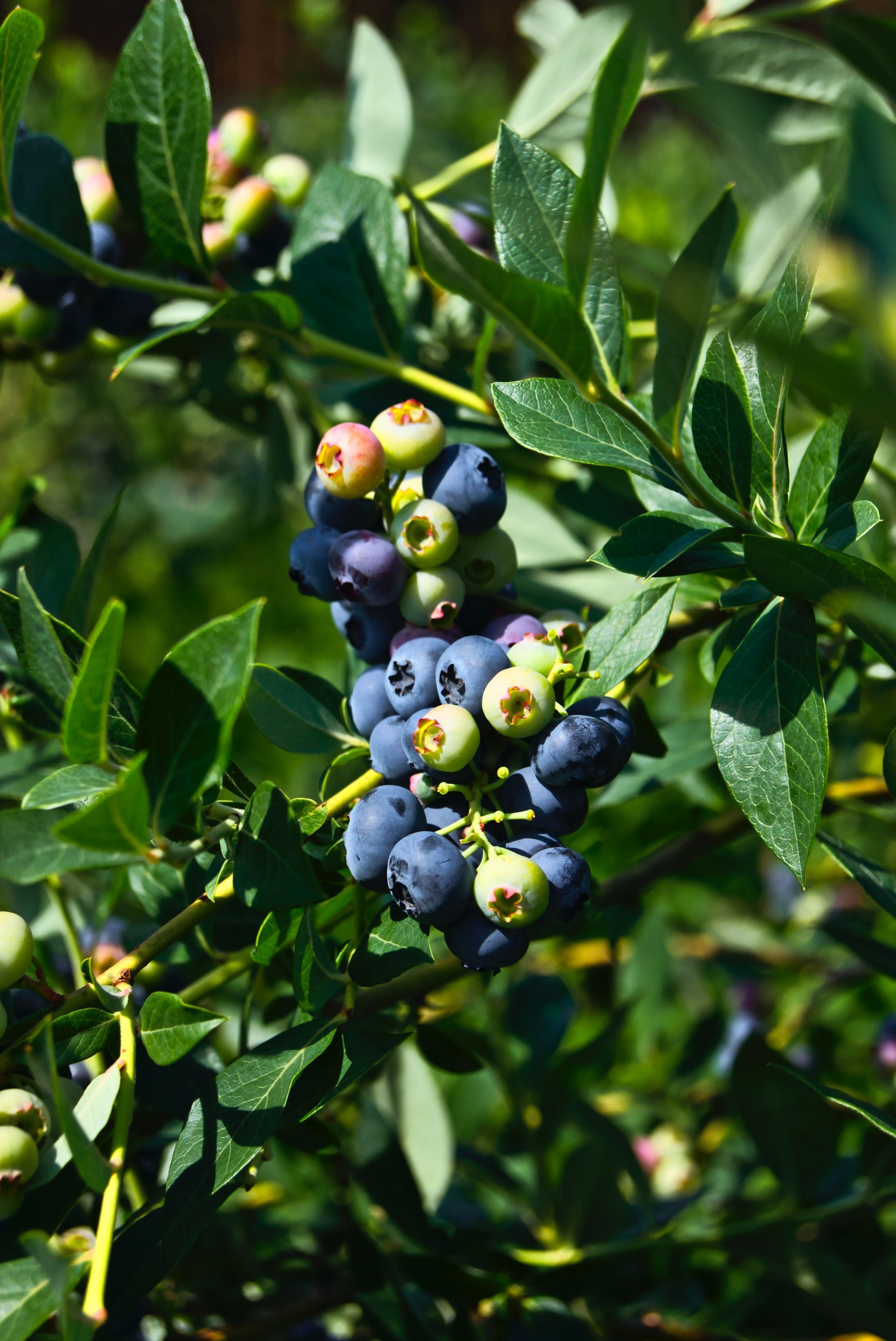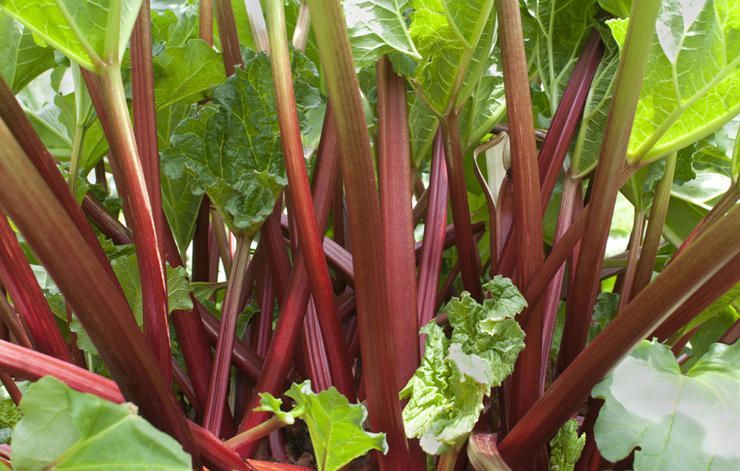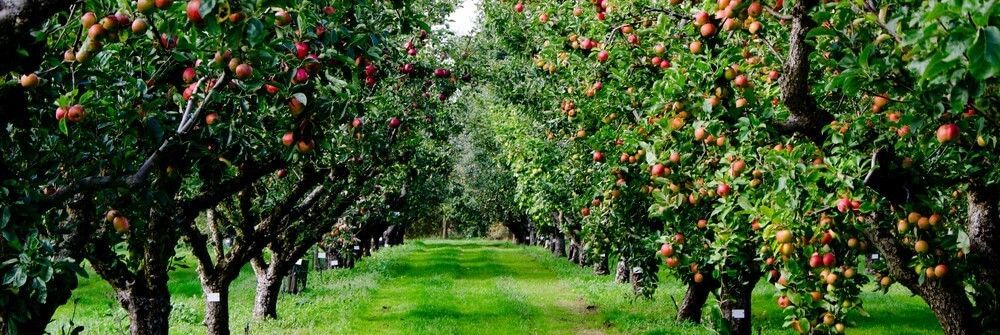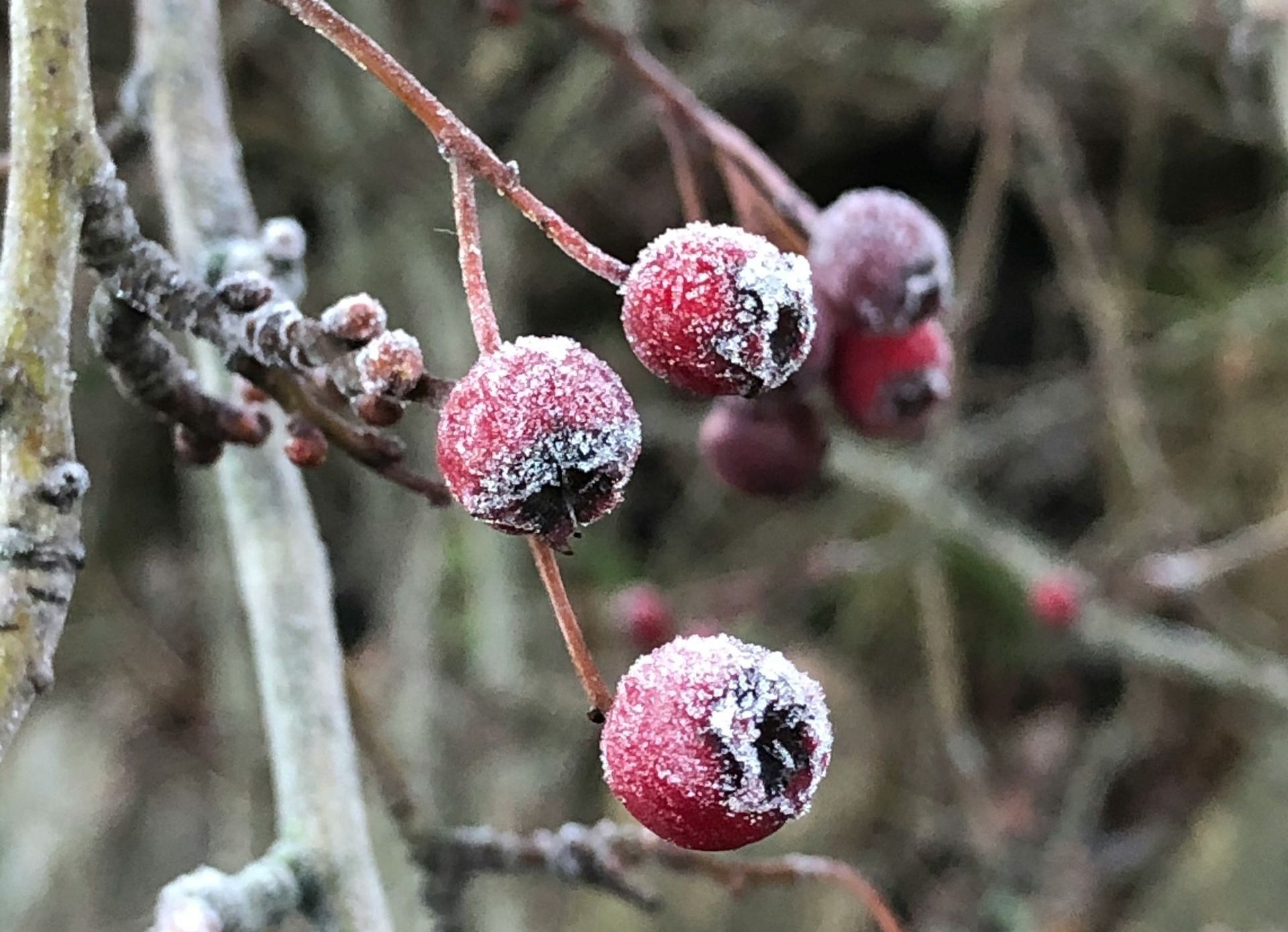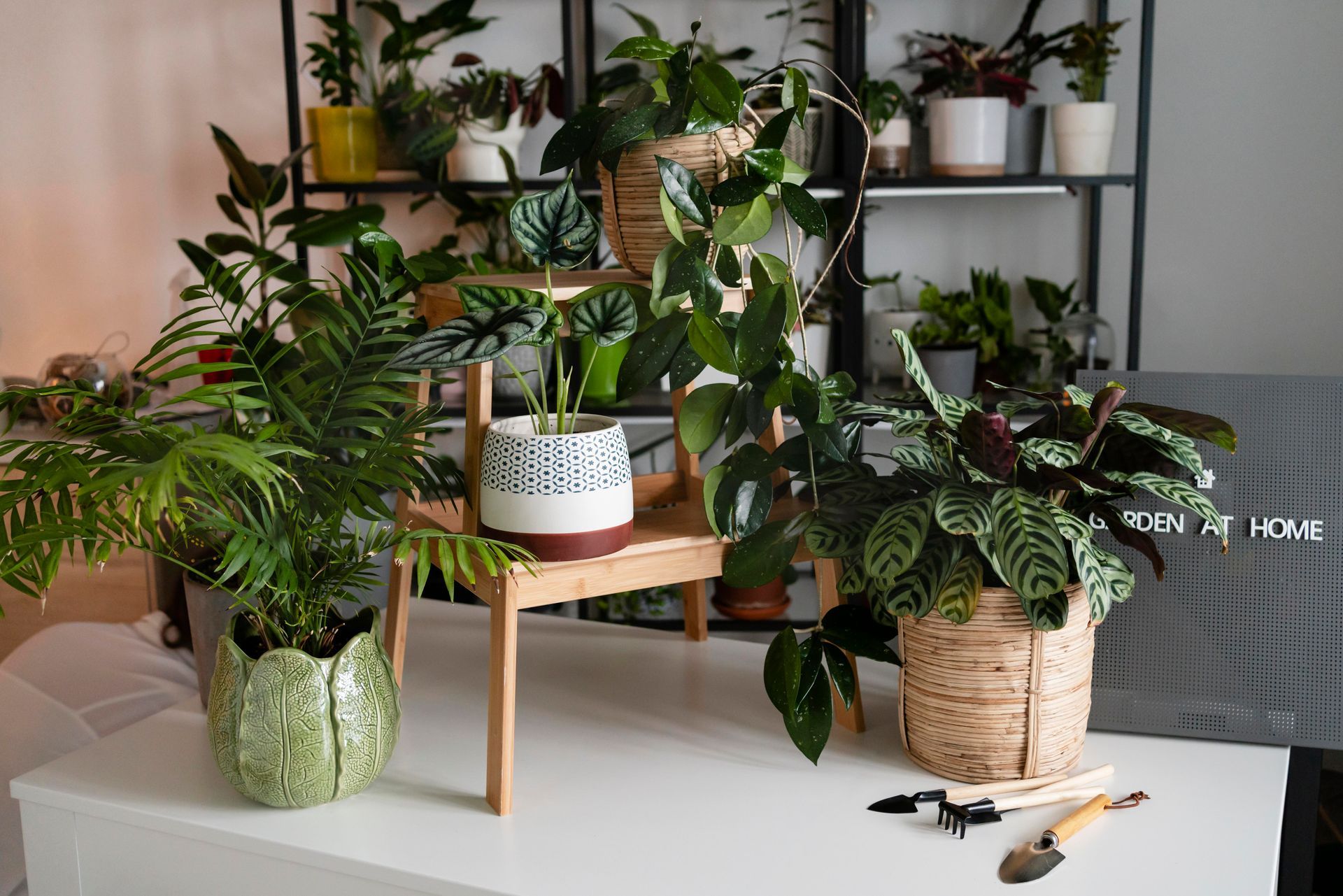Winter Colour, Edible Goodness & Seasonal Prep
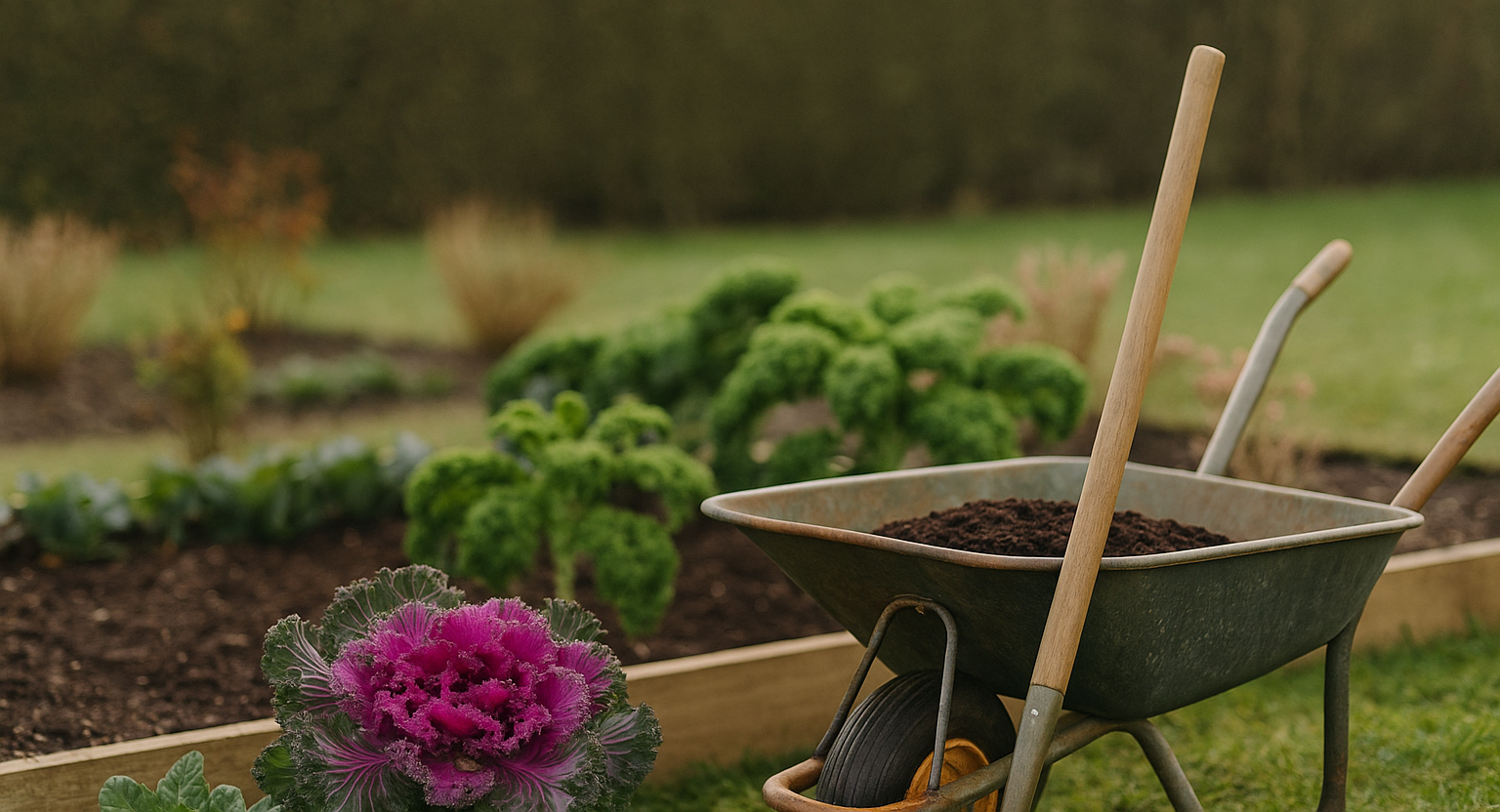
The crisp air and bare trees may suggest rest, but your garden doesn't have to take a break this winter! In fact, June is full of possibilities - from vibrant winter blooms to preparing for a bumper spring harvest. Whether you're sprucing up flower beds or digging into vegie gardening, there’s plenty to keep your green thumbs busy.
The Winter Flower Garden: Bursting with Colour
Don’t let anyone tell you winter gardens are dull. The cooler months bring their own beauty—and yes, colour!
Annuals That Love the Cold:
Fill your garden beds, pots, and hanging baskets with flowering winter favourites like:
- Pansies
- Violas
- Dianthus
- Sweet peas
- Primula & Polyanthus
These hardy bloomers thrive in the cooler weather and provide welcome pops of colour throughout winter.

Plant, Prune & Prepare:
- Hellebores (winter rose) are also blooming now - ideal for shady spots.
- Divide clumping perennials like phlox, asters, and cannas to refresh your beds and multiply your plants for spring.
- The first roses of the season have arrived in-store - prepare beds with compost and slow-release fertiliser before planting.
- Deciduous ornamental trees (bare-rooted or potted) are available now. They’re perfect for adding structure and colour.
- Prune roses, hydrangeas (just above the double buds), and replant any small shrubs or trees in better locations - just remember to stake them well.
- Apply potash to hydrangeas in late winter to fuel explosive spring blooms.
- Hold off pruning frost-sensitive plants like hydrangeas if frost is still likely.
- Spray roses and fruit trees with lime sulphur now to clean up overwintering fungal issues.
- Pick up and dispose of old leaves from under roses and fruit trees to prevent disease.
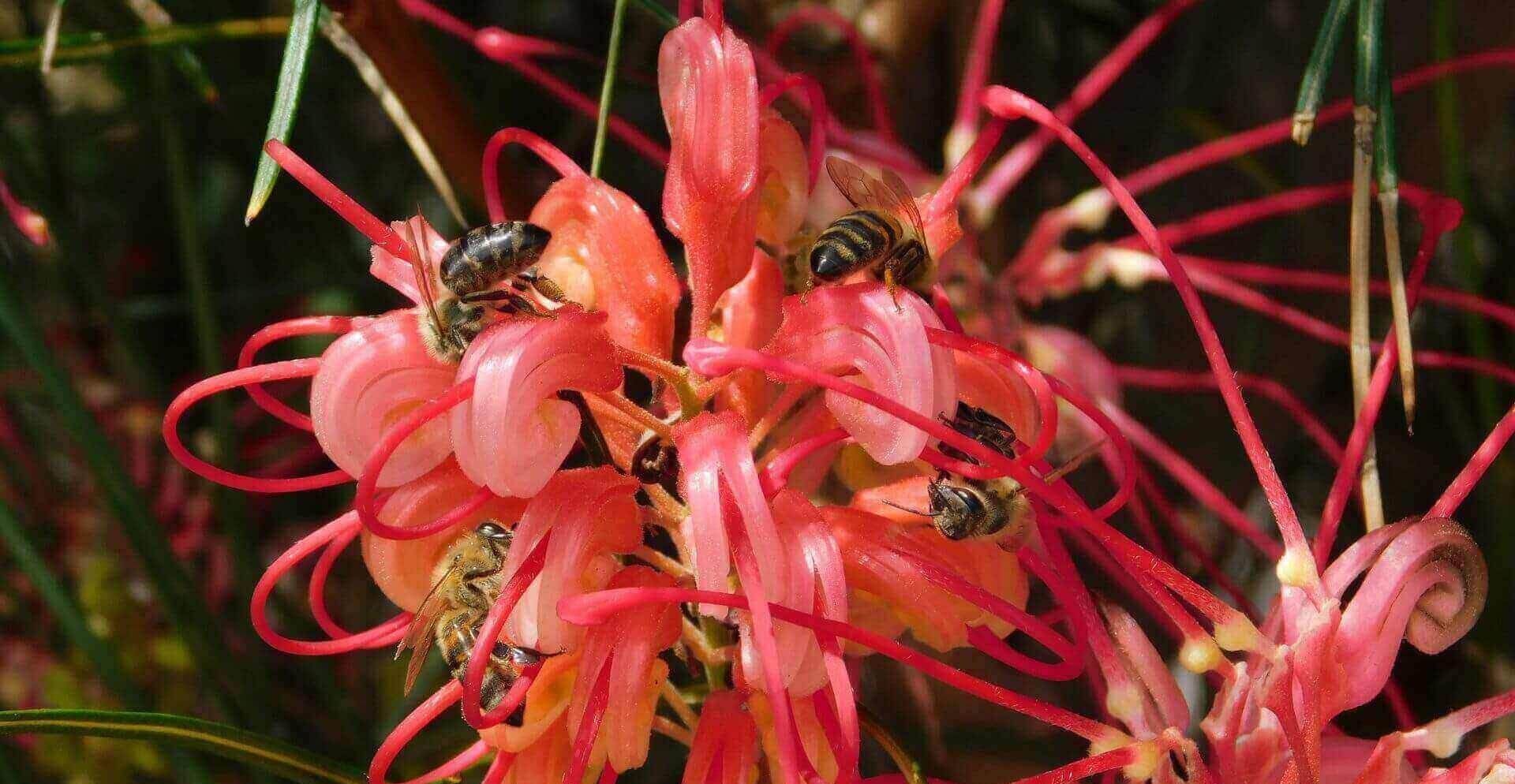
Winter doesn’t have to mean a dull garden - many flowering natives thrive through the colder months in Tasmania, bringing colour and life when it's needed most. Plants like Grevilleas, with their nectar-rich, spider-like flowers, are a winter lifesaver for pollinators. Correa, Hardenbergia, Hakeas and some Kunzeas to name a few, not only brighten the garden with vibrant blooms, but also provide vital food for bees, birds, and other pollinators when little else is flowering.
Tough, low-maintenance, and full of personality, these Aussie natives help create a winter garden that’s both beautiful and buzzing with life.
Drop by and chat with us about the best native flowering plants to support pollinators and add vibrant colour to your winter garden.

The Edible Garden: Perfect Time to Plant
June is an ideal time to plant a wide variety of cool-loving crops - especially in Tasmania’s climate. Whether you're growing greens or prepping for future harvests, the vegie patch is full of opportunity this month.
What to Plant Now:
- Garlic – Traditionally planted on the shortest day and harvested on the longest.
- Cabbage, cauliflower, brussels sprouts – Select strong, healthy seedlings. These brassicas thrive with Macroboost's Kick Start or Blooming Lot.
- Kale – One of winter’s superfoods! Packed with nutrients and its flavour improves after a frost.
- Spinach, broad beans, onions, snow peas – Sow seeds now for a rewarding winter harvest.
- Spring onions and silverbeet – Keep planting for a continuous supply.
- Strawberries – New season runners arriving soon! Perfect for raised beds, pots, or baskets. They thrive in organically enriched, slightly acidic soils (pH 5.5–6.5).
- Potato onions & seed potatoes – Plant in frost-free areas now. If you’re in a frost-prone area, now’s the time to grab your seed potatoes - our varieties are popular and tend to sell out fast!
Get Ready for Future Harvests:
- Prepare garden beds for asparagus, rhubarb crowns, and Jerusalem artichokes. Good drainage is key - raised beds work wonders!
- Asparagus crowns have just arrived! Long-lasting, easy to grow, and a staple for any serious vegie grower.
- Sow onion seed or plant seedlings after the shortest day in a sunny, well-limed position. Use fresh, viable seed (not leftovers from last year) and mix in a little washed river sand for even sowing.
Extend Your Growing Season with a Greenhouse
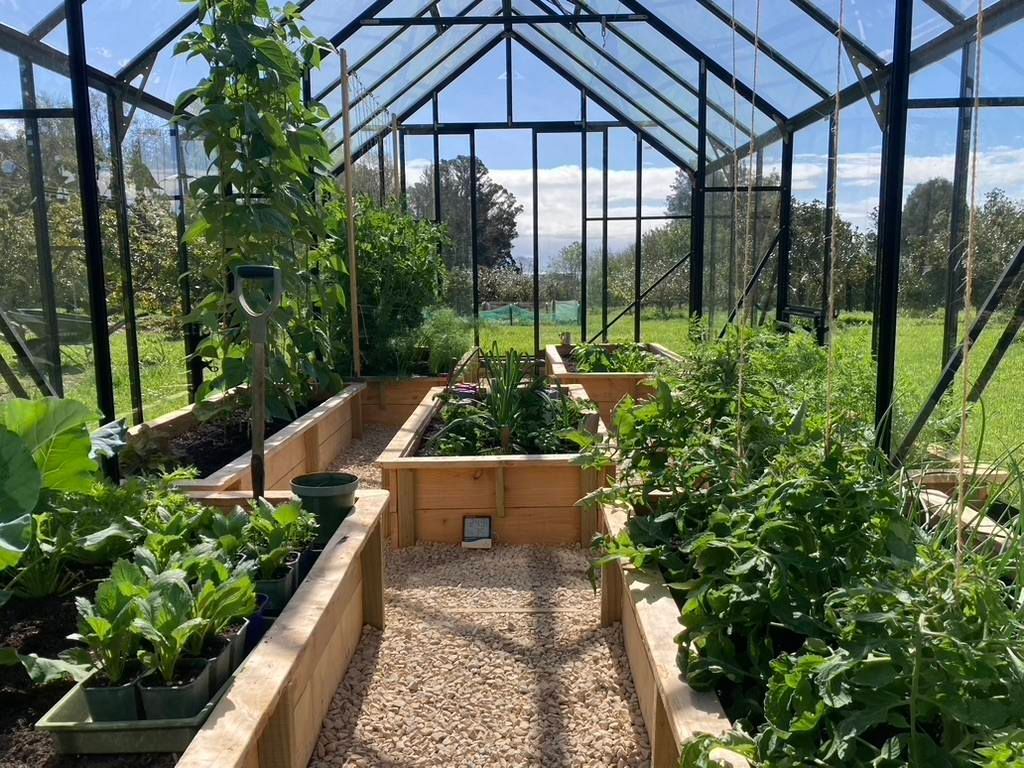
For gardeners wanting to get even more out of winter, consider investing in one of our Winter Gardenz Greenhouses.
Perfect for the cooler Tasmanian climate, these premium-quality greenhouses protect your crops from frost, wind, and cold snaps - allowing you to grow more, for longer. Ideal for propagating seedlings, growing winter greens, or just getting a head start on spring.
Available in a range of sizes to suit every garden space.
Winter Tree and Berry Care
Winter time = Tree Time!
Our new season fruit trees start arriving in June.
Whether planting bare-rooted apples, plums, or citrus, now is the time to plan your mini orchard.
- Soak all new trees and roses in Macroboost’s KickStart (or a similar liquid tonic) before planting to boost root development and reduce transplant shock.
- Plant citrus in warmer, frost-free areas.
- Raspberries and strawberry runners can go in from mid-June.
- Prune deciduous fruit trees, berry bushes, and vines now. (Wait for warmer weather to prune cherries, apricots, and kiwi fruit - these are prone to bleeding.)
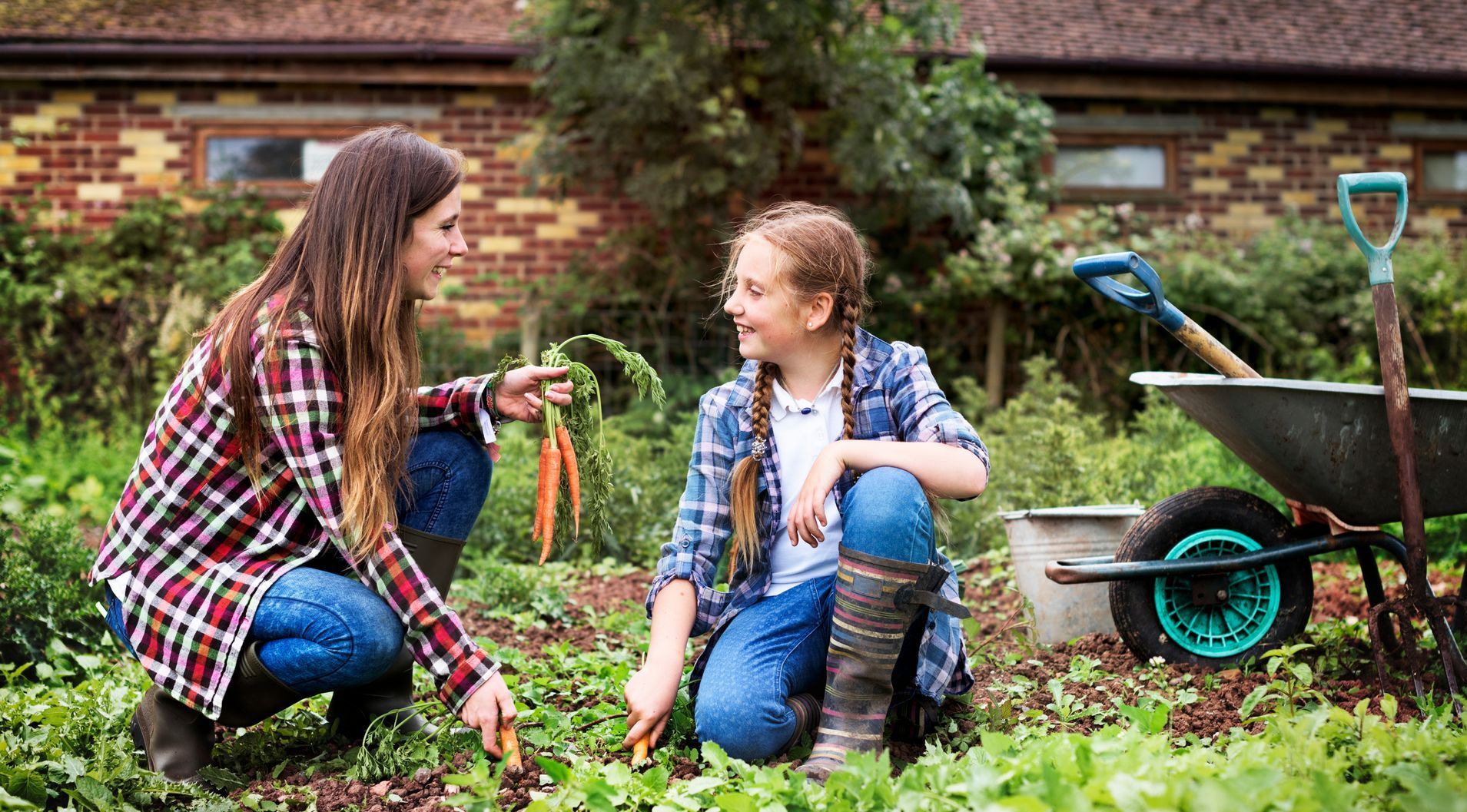
Other Winter Jobs for June
- Indoor plants - cut back on watering, tidy up and remove old leaves. Make sure your plants aren’t too close to heaters or in the direct path of heat pumps, as this can dry them out or cause heat stress. Read our blog on Caring for Houseplants in winter.
- Control Lawn Grubs before they cause damage.
- Apply Ground Breaker to clay soils to improve drainage and overall plant health.
- Spray Gladioli corms with Eco-Insect Killer (Natrasoap) to deter thrips.
- Check and clean your tools, pots, and greenhouse areas - stay ahead before spring arrives.
- Add a Green Manure Crop to resting vegie beds to enrich soil.
- Control Moss in lawns with Moss Killer & Lawn Food
- Control Moss and algae on paving withWet and Forget




